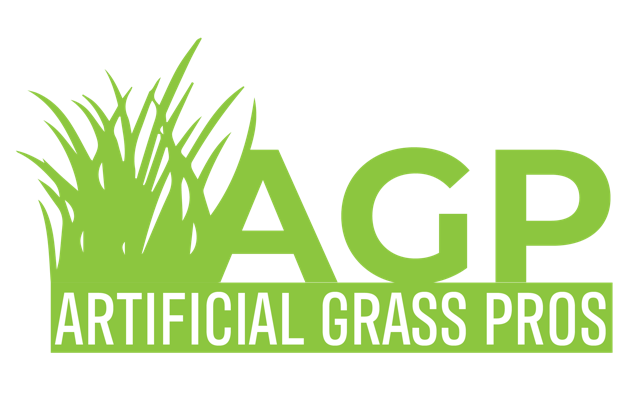Infill sand is an important part of an artificial grass system. Its main purpose is to provide weight and protection to the turf. However, it also offers other benefits. It is made of silica and oxygen atoms and has a texture similar to beach sand. So, if you’re planning on installing an artificial grass system, be sure to choose the right type of infill sand.
Ensure that the sand is dry before applying it to your artificial grass. This is because if the filling is wet, it will clump up and not work properly through the fibers of the artificial grass. You can also use a sand dispenser to evenly distribute the filling over the surface of the turf. You can either purchase or rent one. Once the filling is applied, use a stiff bristle brush or an electric brush to comb it. Comb the artificial grass in the opposite direction from the one you are applying the sand to. This will ensure that the sand goes down towards the base and not up. More.
Sand infill is essential for keeping the synthetic grass in place. It will help prevent wrinkles and folds in the grass. In addition, it will prevent sharp objects like sharp blades or claws from damaging the grass. Besides, it will prevent the accumulation of static electricity, which could cause electric shocks.
Sand infill is a good option for synthetic turf because it has many benefits over other infill materials. It is an affordable solution for most artificial grass installations. The most common type of infill material is silica sand. The material sits between the synthetic fiber blades and gives them stability and shape. Some types of grass require more or less infill per square foot, so it is important to choose the right type of infill material for the job. Check This Article Out.
Whether or not to sand your artificial grass depends on your needs. For lawn installations, silica sand is the preferred choice. It is organic and environmentally friendly, and is also a safer alternative to crumb rubber infill. However, silica sand can create health concerns for people, which is why it is required to be packaged with a warning label. If ingested, silica sand can cause silicosis, which is a severe health condition.
If you choose to use silica sand, it is a good idea to add some to your artificial grass. Unlike regular sand, silica can improve the aesthetics and drainage properties of your artificial turf. In addition, it can aid with fire certification and stabilize your installation. You can find silica sand in many locations and buy it at an affordable price. There are many benefits to using silica sand, but you should also know that it comes with disadvantages.
If you don’t want to use sand, you can use acrylic-coated sand. The sand is UV-resistant and has antimicrobial properties. The coating will prevent bacteria and microbes from damaging the integrity of your artificial turf. It will prevent mold, mildew, and bacteria from growing on your turf.

Recent Comments